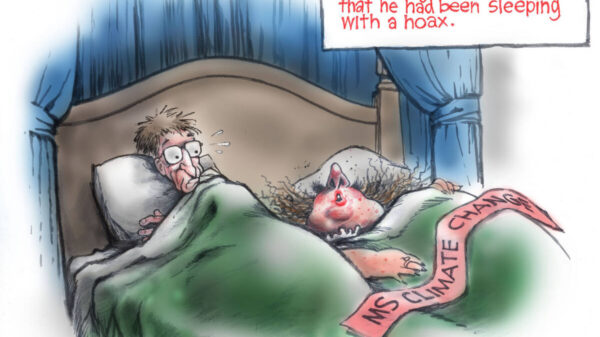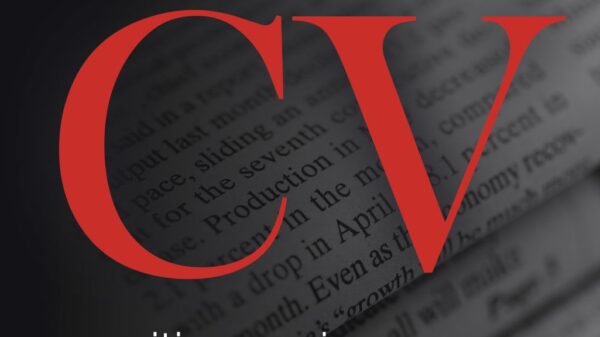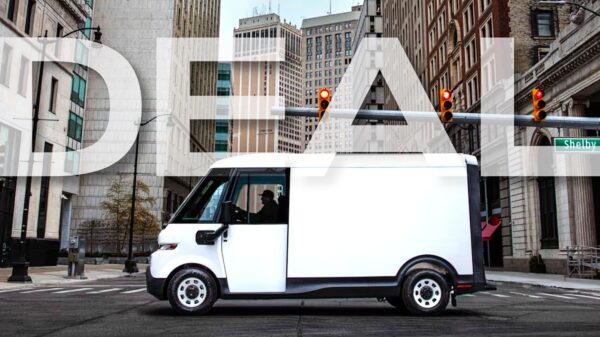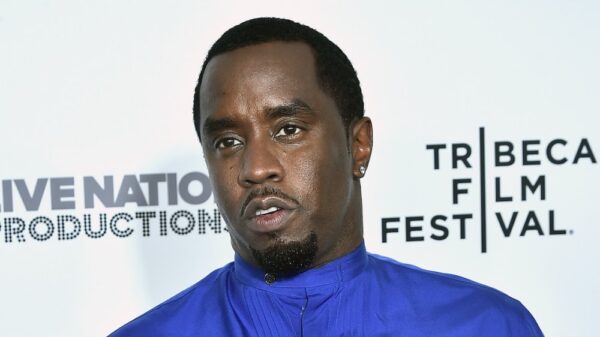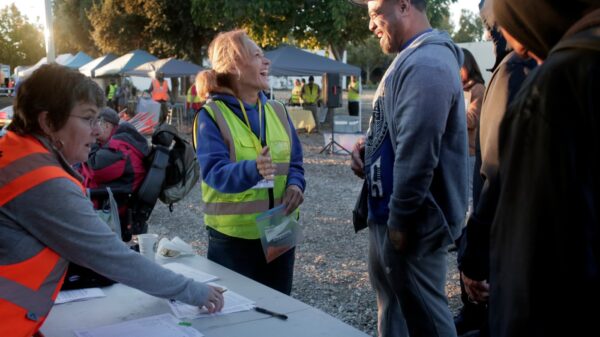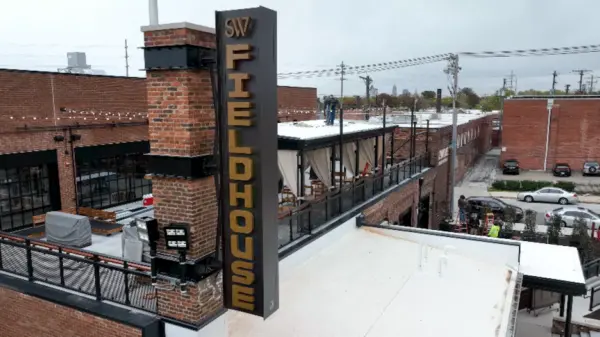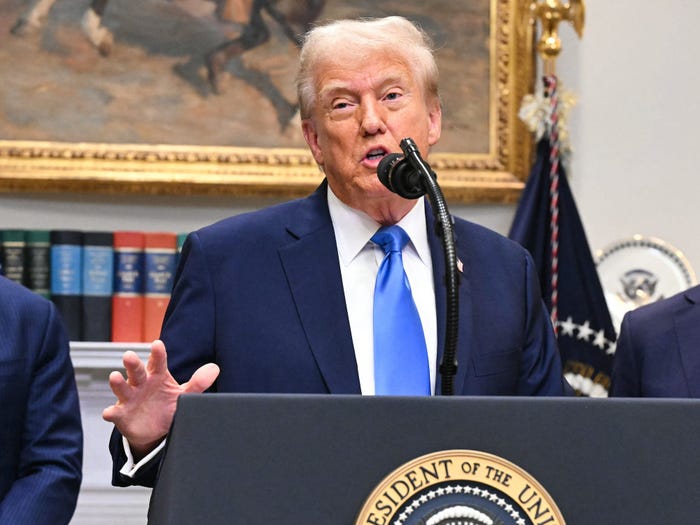UPDATE: The US government is on the brink of a shutdown, with critical funding set to expire on September 30. Without an agreement between Republicans and Democrats, essential services could be halted as early as Wednesday.
In a move that has intensified the crisis, President Donald Trump has canceled a key meeting with Democratic leaders Chuck Schumer and Hakeem Jeffries, which was aimed at averting the looming shutdown. Trump stated, “If it has to shut down, it’ll have to shut down,” placing the blame on Democrats for the impasse.
As of now, there are two competing funding proposals: the Republican bill aims to extend funding at current levels through November 21, while the Democratic alternative proposes funding through October 31, including provisions that Republicans find unacceptable. These disagreements are preventing a resolution, putting millions at risk of losing vital services and income.
The implications of a government shutdown are profound. Federal employees could face furloughs or be forced to work without pay, while national parks and museums might close their doors. During previous shutdowns, significant disruptions included delayed flights due to air traffic control staff working without compensation.
Economic analysts warn of dire consequences, with a past shutdown resulting in a $3 billion hit to the gross domestic product. The Congressional Budget Office has highlighted the potential for widespread economic fallout if the deadlock continues.
With funding set to run out in just days, the urgency for a bipartisan agreement has never been greater. The situation remains fluid, and both parties are under immense pressure to negotiate a solution. As tensions rise, the focus shifts to what will happen next—will Congress find common ground in time, or will the government come to a grinding halt?
Stay tuned for updates as the situation develops.













